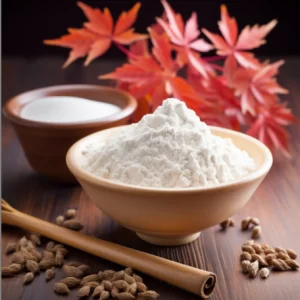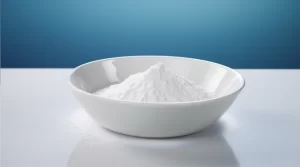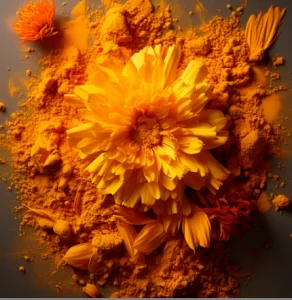Lycopodium powder encyclopedia
Lycopodium powder
Lycopodium powder is a kind of pure natural wild lycopodium plant. Lycopodium powder is a yellowish brown dust-like powder composed of dried spores of lycopodium plants or various fern relatives. When mixed with air, spores are highly flammable and can be used to create dust explosions as a theatrical special effect. This powder has traditionally been used in physics experiments to demonstrate phenomena such as Brownian motion.
Lycopoden powder can be divided into heavy and light, the proportion of heavy is 2.10, the quality is slightly worse, can be used for fireworks production or advertising props. Light lycus powder proportion is 1.062, the quality is better, can be used in medicinal materials and other places with higher requirements, of course, fireworks production can be, but the effect is slightly less, light easy to be used for flower pollination.
Raw material harvesting
From July to September, when the sporangium is not fully mature or cracked, the spore spikes are cut, dried on the tarp, jolted to make the spores fall off, and then applied after sifting.
Lycopodium powder Main use
Today, the main use of powder is to produce a large and impressive flash or flame, but it is relatively easy to safely manage in magic shows and in film and theatrical special effects.
Historically it has also been used as photographic glitter. Both uses rely on the same principles as dust explosions because spores have a large surface area per unit volume (the diameter of a single spore is about 33 microns (μm)), and a high fat content. It is also used in fireworks and explosives, fingerprint powder, a covering for pills, and as a stabilizer for ice cream.
Lycopodium powder is also sometimes used as a lubricating dust for skin contact with latex (natural rubber) products, such as condoms and medical gloves.
In physics experiments and demonstrations, lycopodium powder can be used to make sound waves in the air visible for observation and measurement, and to make electrostatic charge patterns visible. The powder is also highly hydrophobic; If the surface of a glass of water is coated with lycopodium powder, insert your finger or other object directly into the glass and it will come out stained with the powder but still remain completely dry.
Due to its very small particle size, lycopodium powder can be used to demonstrate Brownian motion. Use a drop of microscope slide with or without holes and sprinkle with lycopodium powder. The cover glass can then be placed over the water and spore samples to reduce convection in the water through evaporation. At magnifications of hundreds of times the diameter, when looking closely at individual lycopodium particles, one sees the spore particles randomly “dancing” in the microscope.
This is in response to asymmetric collision forces exerted on macroscopic (but still small) powder particles by microscopic water molecules in random thermal motion.
[Chemical composition] : Lycopodium (spore) contains about 50% fat oil. The main components of the oil are Lycopodiumoleicacid (80-86%) and glycerides of various unsaturated fatty acids. The spores still contained cellulose (10-15%), Xylan (10%) and protamine.
[Product properties] : Dried spores are fine and loose, powdery. Light yellow, light weight, no moisture absorption. It is easy to slip when shaken slightly in the vessel. Specific gravity 1.062, when entering the water suspended on the surface, boiling then sinking. It floats on the surface of chloroform. It has good hydrophobic properties.
[Product mesh] : 80-100 mesh.
【 Packing method 】 : 1kg/ bag; 10kg, 20kg/ cardboard drum.
[Storage conditions] : Store in a dry and cool place, avoid sunlight and high temperature.
Backvita



